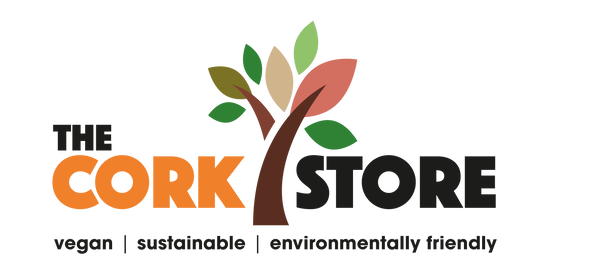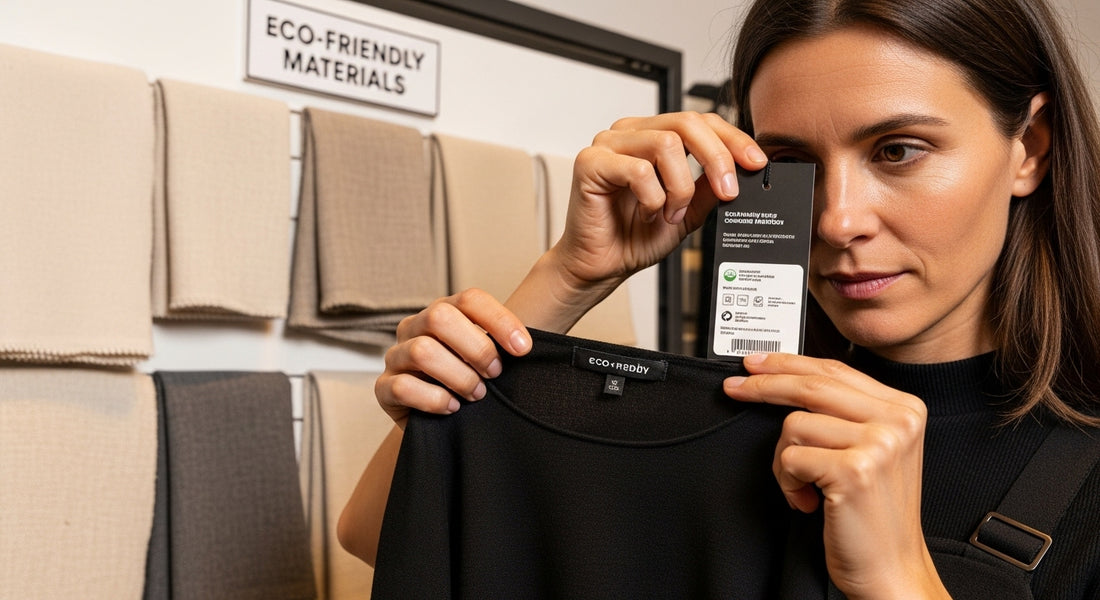
How to Spot Sustainable Fashion: A Step-by-Step Guide
Share
Sustainable fashion is reshaping wardrobes across Britain, where demand for eco-friendly clothing has soared by over 80 percent in the past five years. It sounds simple to just look for a ‘green’ label and call it a day. Yet, real sustainable style is built on a complex web of materials, brand ethics, transparency, and durability that most people miss completely.
Table of Contents
- Step 1: Identify Eco-Friendly Materials And Fabrics
- Step 2: Research Brands’ Ethical Practices And Values
- Step 3: Evaluate Production Transparency And Supply Chains
- Step 4: Assess Product Certifications And Labels
- Step 5: Analyse The Garment’s Durability And Design
- Step 6: Make Informed Purchasing Decisions Based On Findings
Quick Summary
| Key Point | Explanation |
|---|---|
| 1. Identify eco-friendly materials | Look for natural and regenerative fabrics like cotton and hemp for sustainable clothing. |
| 2. Research brand ethics thoroughly | Investigate brands’ sustainability reports and supply chain transparency to ensure ethical practices. |
| 3. Evaluate production transparency | Trace a garment’s origin and production chain to understand its environmental and social impacts. |
| 4. Understand product certifications | Familiarise yourself with labels like GOTS and OEKO-TEX that verify sustainability claims. |
| 5. Assess durability and versatile design | Choose long-lasting garments with quality construction and timeless styling to support sustainable consumption. |
Step 1: Identify eco-friendly materials and fabrics
Spotting sustainable fashion starts with understanding the fundamental building block of any garment: its materials. Eco-friendly textiles represent the cornerstone of truly sustainable clothing, transforming how we perceive fashion’s environmental impact. When learning how to spot sustainable fashion, recognising environmentally conscious materials becomes your first critical skill.
Natural and regenerative materials form the foundation of sustainable textile production. Cotton, hemp, linen, and organic wool stand out as premier eco-friendly options. These materials require less water, minimal chemical processing, and often support agricultural practices that regenerate soil health. Hemp, for instance, grows rapidly without extensive pesticide use and naturally replenishes soil nutrients. Our guide on understanding eco-friendly materials provides deeper insights into these remarkable textiles.
Beyond traditional natural fibres, innovative sustainable materials are revolutionising fashion’s landscape. Manufacturers are developing textiles from unexpected sources like recycled plastic bottles, agricultural waste, and even fruit remnants. Pinatex (made from pineapple leaf fibres), Econyl (regenerated nylon from ocean waste), and cork fabric represent groundbreaking alternatives that transform waste into wearable, stylish materials. These textiles not only reduce environmental strain but also demonstrate remarkable durability and aesthetic appeal.
The table below summarises innovative sustainable materials mentioned in the guide, their key sources, and the primary environmental benefits they offer.
| Material | Source | Environmental Benefit |
|---|---|---|
| Pinatex | Pineapple leaf fibres | Utilises agricultural waste, vegan |
| Econyl | Regenerated nylon from ocean waste | Reduces plastic pollution |
| Cork fabric | Bark of cork oak trees | Renewable, biodegradable, cruelty-free |
| Recycled polyester | Recycled plastic bottles | Diverts plastic from landfill/oceans |
| Organic wool | Humanely-raised sheep, pesticide-free | Lower chemical input, animal welfare |
| Hemp | Hemp plant | Fast-growing, low pesticide use |
| Linen | Flax plant | Minimal water and pesticide use |
| Cotton (organic) | Organically-grown cotton | Reduced chemical and water usage |
To effectively identify sustainable materials, train your eye to look for specific certifications and transparency markers. Seek out garments with clear labelling indicating organic, recycled, or responsibly sourced materials. Global certification standards like GOTS (Global Organic Textile Standard), Oeko-Tex, and Fair Trade provide reliable indicators of a textile’s environmental and ethical credentials. When examining potential purchases, carefully review material composition tags and research the brand’s sustainability commitments.
Remember that true sustainability extends beyond material selection. The most eco-friendly fabric means little if produced through exploitative labour practices or excessive waste. Your discerning eye should evaluate not just the material itself, but the entire production ecosystem surrounding that textile.
Step 2: Research brands’ ethical practices and values
Understanding a brand’s ethical practices goes far beyond surface-level marketing claims. To truly spot sustainable fashion, you must become a detective of corporate transparency and social responsibility. This investigative process involves peeling back layers of corporate communication to reveal the genuine commitment to environmental and human welfare.
Start by exploring brand websites with a critical eye. Look for detailed sustainability reports, clear mission statements about ethical production, and explicit commitments to worker welfare. Brands genuinely dedicated to sustainability will provide comprehensive information about their supply chains, manufacturing processes, and environmental impact. Pay special attention to sections discussing labour conditions, carbon footprint reduction strategies, and material sourcing practices. Check out our selection of eco-conscious accessories to see transparent brand practices in action.
Fashion Revolution suggests examining several key indicators of ethical brand practices. Transparent companies openly share information about their factories, worker wages, and production conditions. Look for brands that publish annual sustainability reports, participate in third-party certifications like Fair Trade, and demonstrate measurable progress in reducing environmental impact. Certifications such as B Corp, Fair Wear Foundation, and Global Organic Textile Standard (GOTS) serve as critical markers of genuine commitment.
Digital tools can significantly enhance your research capabilities.
Utilise websites and apps dedicated to rating fashion brands’ sustainability efforts, such as Good On You, which provides comprehensive assessments of brands’ environmental and ethical performance. Social media platforms also offer insights through brand communications, behind-the-scenes content, and direct interactions with company representatives. Follow brands that demonstrate consistent, authentic commitment to sustainable practices rather than those relying on greenwashing marketing tactics.
Remember that researching ethical practices is an ongoing process. Sustainable fashion evolves rapidly, with brands continuously improving their practices. Your research should not be a one-time activity but a continuous journey of understanding and critical evaluation. By developing a discerning approach to brand research, you become an active participant in driving positive change within the fashion industry.
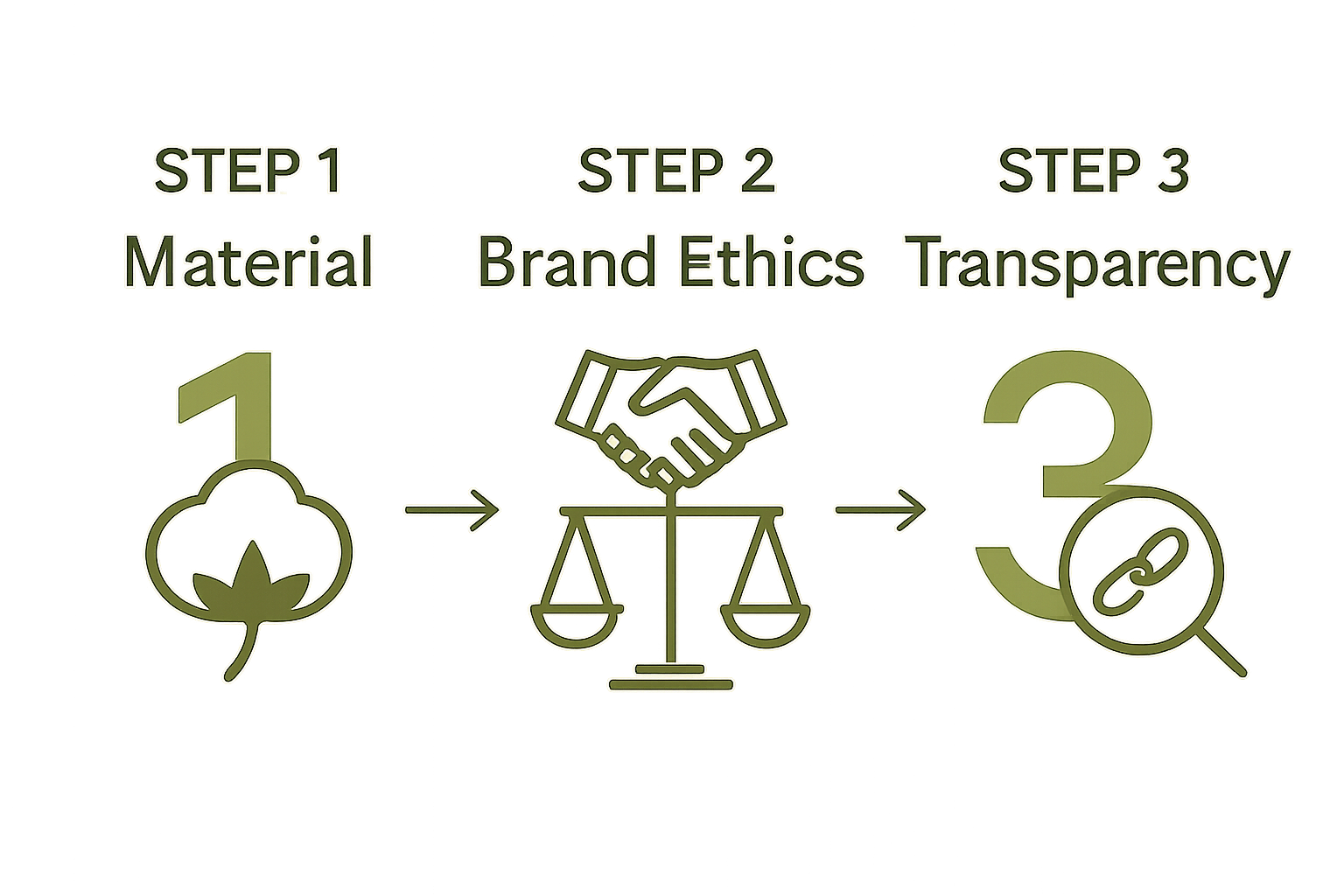
Step 3: Evaluate production transparency and supply chains
Production transparency represents the heartbeat of sustainable fashion, revealing the intricate journey of a garment from raw material to finished product. This step demands a forensic approach to understanding how clothing is created, transported, and ultimately brought to market. True sustainability goes far beyond the final product and demands a comprehensive examination of the entire manufacturing ecosystem.
Fashion Revolution highlights the critical importance of tracing a product’s origin. Begin by investigating a brand’s supply chain documentation. Look for comprehensive information about manufacturing locations, worker conditions, and environmental impact assessments. Brands committed to genuine transparency will provide detailed maps of their production networks, showcasing the specific regions and facilities involved in creating their products.
Digital tools have revolutionised supply chain investigation. Utilise smartphone apps and online platforms that allow you to trace product origins through unique tracking codes or QR systems. Blockchain technology is emerging as a powerful tool for verifying sustainable production practices, offering immutable records of a product’s journey. Some forward-thinking brands now provide interactive digital passports that allow consumers to explore every stage of a garment’s production, from raw material sourcing to final assembly.
Critical indicators of transparent production include publicly shared factory audit reports, living wage commitments, and clear documentation of environmental impact. Pay attention to brands that demonstrate vertical integration - those that control multiple stages of production, which typically allows for more rigorous oversight and accountability. Look for detailed information about worker welfare, including fair wage policies, safe working conditions, and community development initiatives.
Remember that production transparency is not a static concept but an evolving commitment. Sustainable brands continuously improve their practices, regularly updating their supply chain information and responding to emerging ethical challenges. Your role as a conscious consumer is to remain curious, ask questions, and support brands that demonstrate genuine commitment to transparency. By consistently demanding and rewarding transparency, you become an active participant in transforming the fashion industry’s approach to ethical production.
Step 4: Assess product certifications and labels
Certifications and labels serve as crucial roadmaps in navigating the complex landscape of sustainable fashion. These official markers provide concrete evidence of a product’s environmental and ethical credentials, transforming abstract claims into verifiable commitments. Understanding these certifications becomes your strategic tool in distinguishing genuine sustainable fashion from misleading marketing tactics.
OEKO-TEX® Standard 100 represents one of the most comprehensive textile safety and sustainability certifications available. Global certifications like GOTS (Global Organic Textile Standard), Fair Trade, and B Corp stand out as powerful indicators of holistic sustainability. These labels go beyond surface-level claims, examining intricate details of production processes, worker welfare, environmental impact, and material sourcing.
When examining product labels, develop a systematic approach to interpretation. Look for certifications that address multiple dimensions of sustainability, not just material origin. A truly sustainable certification will encompass environmental protection, social responsibility, and ethical manufacturing practices. Pay attention to detailed information provided alongside these labels, which often explain specific criteria met by the product.
Key certifications to prioritise include organic textile standards, which verify that materials are grown without harmful pesticides, and carbon-neutral certifications that demonstrate a brand’s commitment to reducing greenhouse gas emissions.
This table provides an overview of key fashion certifications mentioned in the article, outlining their main focus and what each certification assures the consumer.
| Certification | Main Focus | Assures |
|---|---|---|
| GOTS (Global Organic Textile Standard) | Organic textiles, environmental & social criteria | Organic content, ethical & eco-friendly processes |
| OEKO-TEX Standard 100 | Textile safety, chemical use | Product free from harmful substances |
| Fair Trade | Social & economic development | Fair wages, worker welfare, ethical trading |
| B Corp | Social and environmental performance | Broad sustainability, stakeholder accountability |
| Responsible Wool Standard | Animal welfare, land health | Humane treatment of animals in wool production |
| Fair Wear Foundation | Labour rights and workplace conditions | Safe, fair, and ethical garment manufacturing |
Technology now offers innovative ways to verify certifications. Smartphone apps and online databases allow consumers to quickly validate the authenticity of sustainability claims by scanning product labels or searching brand names. This digital verification transforms certification assessment from a complex research task into an accessible, immediate process. By developing a keen eye for genuine certifications and leveraging technological tools, you become an empowered consumer capable of making truly informed sustainable fashion choices.
Step 5: Analyse the garment’s durability and design
Durability represents the cornerstone of sustainable fashion, transforming clothing from disposable commodities into long-lasting wardrobe investments. True sustainability extends far beyond material selection, encompassing a garment’s ability to withstand repeated wear, washing, and changing fashion trends. When learning how to spot sustainable fashion, understanding durability becomes a critical skill that separates thoughtful consumption from impulse purchasing.
Begin by conducting a comprehensive physical examination of the garment. Assess the quality of stitching, seam strength, and fabric weight. High-quality sustainable pieces feature reinforced seams, precise stitching without loose threads, and materials with substantial weight that indicate long-term wearability. Gently stretch the fabric to test its resilience, checking for potential weak points or immediate distortion. Explore our collection of durable eco-friendly accessories to understand what superior craftsmanship looks like.
Design plays an equally crucial role in a garment’s sustainability. Look for timeless, versatile pieces that transcend seasonal trends, allowing multiple styling options and reducing the likelihood of quick disposal. Classic cuts, neutral colours, and minimalist designs enable greater wardrobe integration, promoting extended use. Examine the garment’s construction for adaptability - pieces with adjustable features, removable components, or multi-wear capabilities inherently support sustainable consumption practices.
Technical details reveal significant insights into a garment’s potential longevity. Inspect fabric composition labels for high-quality natural fibres or innovative recycled materials known for durability. Brands committed to sustainable design often provide care instructions that demonstrate how to maintain the garment’s integrity over time. Pay attention to recommendations about washing temperatures, drying methods, and potential repair techniques. Consider the garment’s potential for future alterations or repairs, which can significantly extend its lifecycle.
Remember that durability is an investment in both personal style and environmental responsibility. By selecting well-crafted, thoughtfully designed pieces, you contribute to reducing fashion waste and challenging the fast fashion industry’s disposable culture.
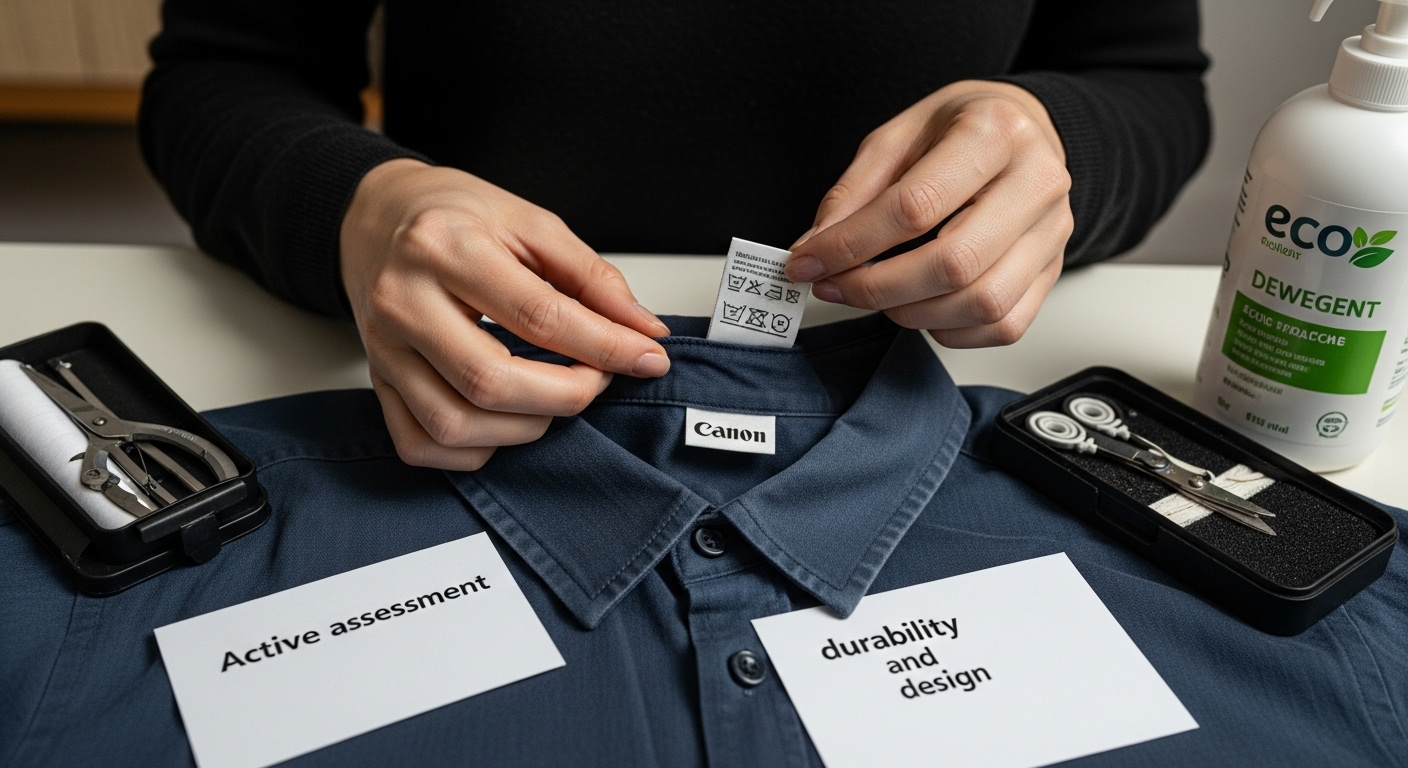 Your discerning eye for quality transforms sustainable fashion from a concept into a tangible, wearable commitment to responsible consumption.
Your discerning eye for quality transforms sustainable fashion from a concept into a tangible, wearable commitment to responsible consumption.
Step 6: Make informed purchasing decisions based on findings
Transforming sustainable fashion research into actionable purchasing decisions requires strategic thinking and a holistic approach. The final step is about synthesising all the information gathered through previous investigative stages, converting knowledge into meaningful consumer choices that align with environmental and ethical values. This process goes beyond simple buying behaviour and becomes a powerful statement of personal commitment to responsible consumption.
Begin by creating a comprehensive evaluation framework that weighs multiple sustainability factors. Prioritise brands demonstrating consistent ethical practices over single exceptional products. Develop a personal scoring system that considers material sustainability, production transparency, worker welfare, durability, and overall environmental impact. Explore our sustainable accessory collection as an example of thoughtful, intentional purchasing.
Financial considerations play a crucial role in sustainable fashion decisions. While eco-friendly products might initially appear more expensive, calculate the long-term value by considering durability, versatility, and potential longevity. Invest in fewer, higher-quality pieces that will serve multiple purposes and withstand extended use. This approach not only reduces overall consumption but also minimises waste and supports more sustainable production models.
Technology and digital resources can significantly enhance your decision-making process. Utilise smartphone apps and online platforms that provide instant sustainability ratings, supply chain information, and comparative analyses of fashion brands. These tools transform complex research into easily digestible insights, enabling more informed and immediate purchasing choices. Consider creating a personal digital database or spreadsheet to track brands, their sustainability credentials, and your personal experiences with their products.
Remember that sustainable fashion is an ongoing journey of continuous learning and adaptation. No purchase will be perfectly sustainable, but each decision represents an opportunity to support more responsible practices. Embrace imperfection, remain curious, and view your consumer choices as part of a broader movement towards systemic change in the fashion industry. Your informed decisions create ripple effects that challenge existing production paradigms and encourage broader industry transformation.
Choose Accessories that Embody True Sustainable Fashion
In your search for authentic sustainable fashion, you have learned how important materials, transparency, and durability are for making responsible choices. One challenge many face is finding accessories that truly tick every box: crafted from eco-friendly materials, produced ethically, and designed for lasting style. Fast fashion often masks true sustainability. Now, you can make your wardrobe more ethical without compromise by choosing accessories made from innovative cork – an environmentally conscious, cruelty-free alternative highlighted throughout your step-by-step guide.
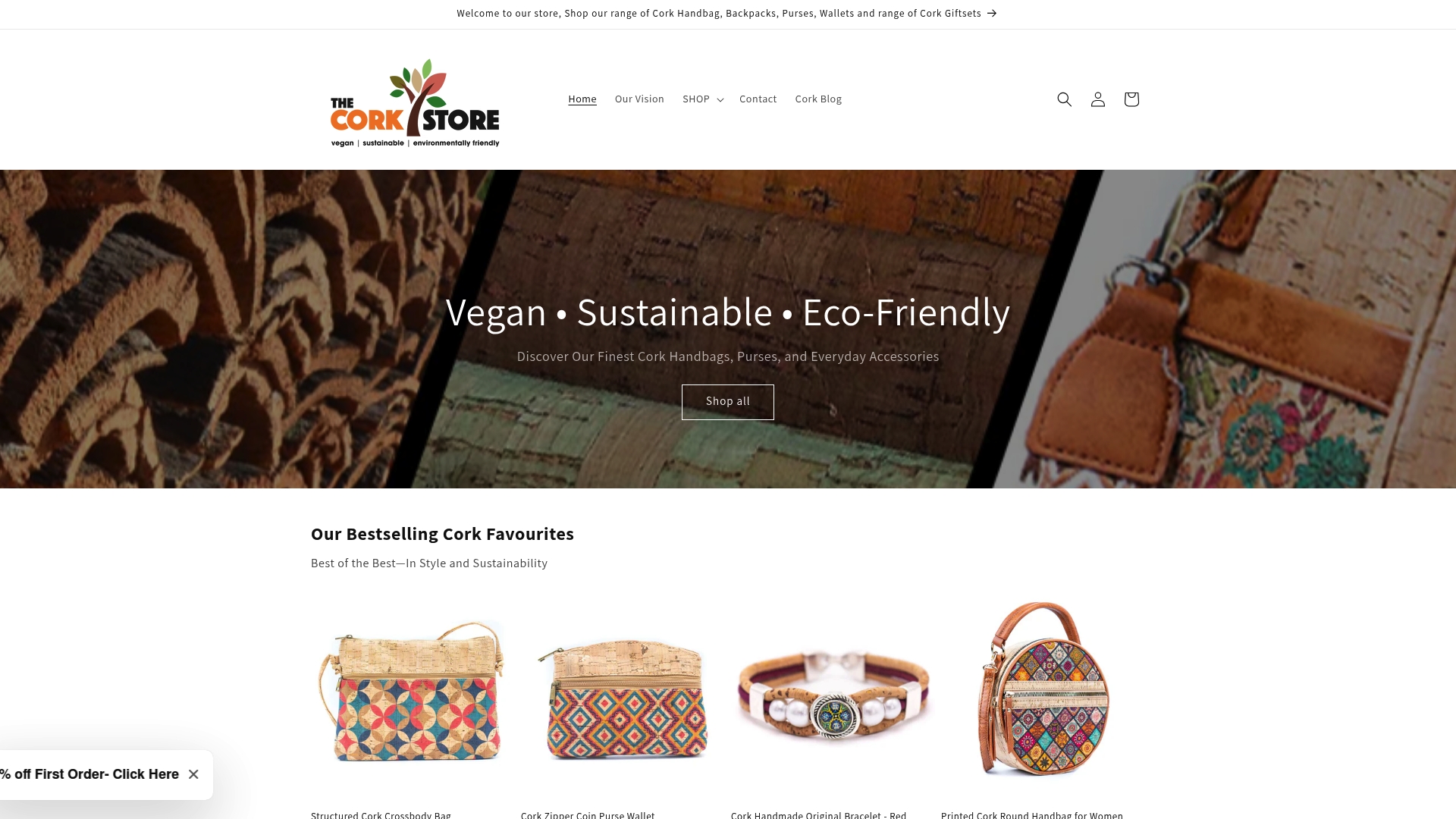
Discover the difference for yourself with our curated collection of eco-friendly cork accessories. Every handbag, wallet, or backpack is not only vegan but also made with a focus on durability and transparent sourcing. Support ethical fashion today by exploring what The Cork Store has to offer. Transform your daily essentials into a true reflection of your sustainable values and take the next step towards a greener wardrobe now.
Frequently Asked Questions
What are eco-friendly materials to look for in sustainable fashion?
Eco-friendly materials include natural and regenerative options such as cotton, hemp, linen, and organic wool. Innovative alternatives like Pinatex, Econyl, and cork fabric, made from recycled or waste materials, are also significant in sustainable fashion.
How can I research a brand’s ethical practices?
To research a brand’s ethical practices, visit their website for sustainability reports, read their mission statements, and examine their supply chain transparency. Look for certifications such as Fair Trade and B Corp that indicate genuine commitment to ethical production.
What certifications should I look for when assessing sustainable clothing?
Key certifications to look for include Global Organic Textile Standard (GOTS), OEKO-TEX® Standard 100, Fair Trade, and B Corp. These certifications assess a product’s environmental impact, worker welfare, and ethical manufacturing practices.
How can I evaluate the durability of a garment?
To evaluate garment durability, inspect the quality of stitching, seam strength, and fabric weight. Look for materials known for longevity and assess the overall design for versatility, ensuring it can withstand repeated wear and washing.
